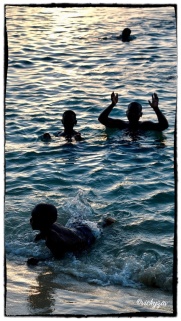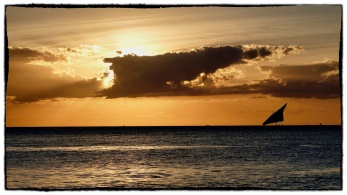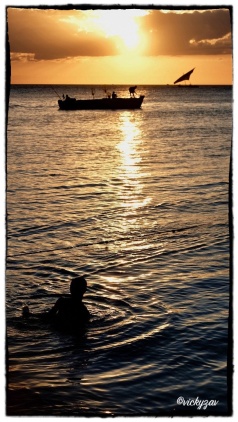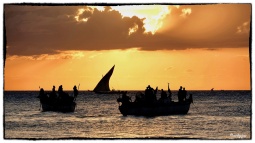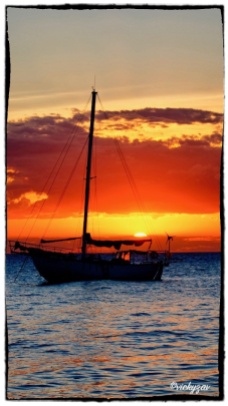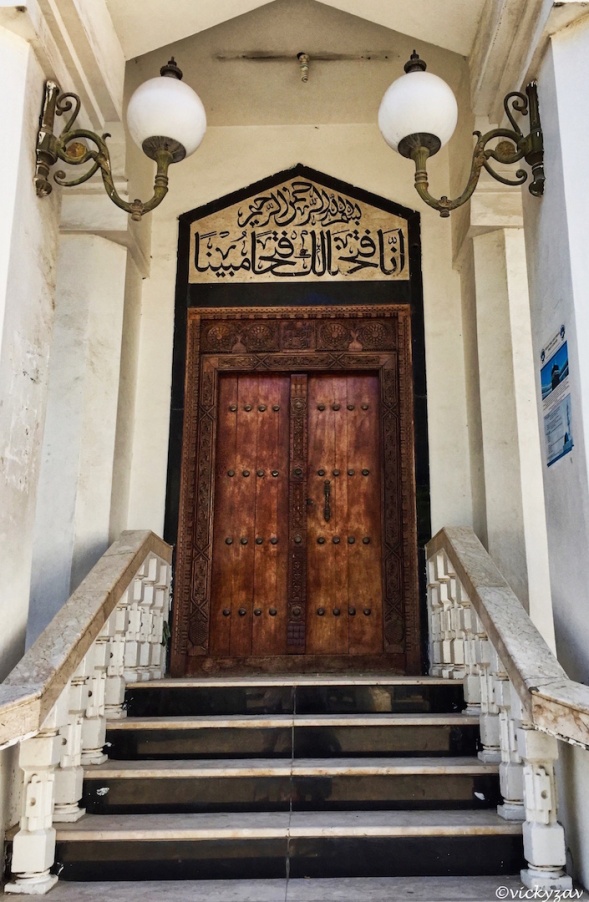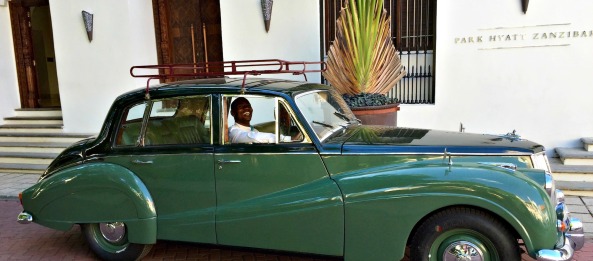Eid 2017 holiday break, a time to visit Zanzibar and Tanzania.
Adjusting the holiday plan on the fly, the delights of the north of the island of Zanzibar had been covered in two days and a third night was overdoing it, so we added in a night in Stonetown, the old capital, and hub of the island.
I would have left Zanzibar with huge regrets if we hadn’t made the change.We are really not sun bed loungers at our age, I want to see it all whilst I can and recover once back home!

Walking into Stonetown, oh, oh, you just know this is going to be so good…
There is so much history in Stonetown which connects with the Middle East, in one way that is, thankfully, now not part of modern life. Zanzibar was famous worldwide for it’s spices and it’s slaves.
During the 19th century, Zanzibar was known all over the world as “A fabled land of spices, a vile center of slavery, a place of origins of expeditions into the vast, mysterious continent, the island was all these things during its heyday in the last half of the 19th century.”
A chequered past, Portuguese rulers from 1503 for two centuries, then in 1698 Zanzibar became part of the overseas holdings of Oman, falling under the control of the Sultan of Oman.
A lucrative trade in slaves and ivory thrived, along with an expanding plantation economy centering on cloves. With an excellent harbor and no shortage of fresh water, Stone Town (capital of Zanzibar) became one of the largest and wealthiest cities in East Africa. Of all the forms of economic activity on Zanzibar, slavery was the most profitable and the vast majority of the blacks living on the island were either slaves taken from East Africa or the descendants of slaves from East Africa.
The slaves were brought to Zanzibar in dhows, where many as possible were packed in with no regard for comfort or safety. Every year, about 40 to 50, 000 slaves were taken to Zanzibar. About a third went to work on clove and coconut plantations of Zanzibar and Pemba while the rest were exported to Persia, Arabia, the Ottoman Empire and Egypt. Tippu Tip was the most notorious slaver, under several sultans, and also a trader, plantation owner and governor. Zanzibar’s spices attracted ships from as far away as the United States, which established a consulate in 1837.
The United Kingdom’s early interest in Zanzibar was motivated by both commerce and the determination to end the slave trade. In 1822, the British signed the first of a series of treaties with Sultan Said to curb this trade, but not until 1876 was the sale of slaves finally prohibited. Under strong British pressure, the slave trade was officially abolished in 1876, but slavery itself remained legal in Zanzibar until 1897.
The British Empire gradually took over; the relationship was formalized by the 1890 Heligoland-Zanzibar Treaty, leading to independence in 1963, but a revolution in 1964 created the People’s Republic of Zanzibar and Pemba. Several thousand ethnic Arab (5,000-12,000 Zanzibaris of Arabic descent) and Indian civilians were murdered and thousands more detained or expelled, either their property confiscated or destroyed.
On 26 April 1964, the mainland colony of Tanganyika united with Zanzibar to form the United Republic of Tanzania. Zanzibar remains a semi-autonomous region of Tanzania.
This is my kind of place, history around every corner, lives being lived in amongst the faded glory and, what was so nice, to stumble across and be a part of such fun Eid celebrations. So many happy people, out and about, dressed up in such vibrant outfits and enjoying the holiday. We were welcomed everywhere, but more on that another day, another post.
The doors of Stonetown are famed and fabled. It was yet another door heaven, every step revealed one that couldn’t be passed by. Delving into the the door history of Stonetown, it appeared the greater the wealth, the greater the doors to show it off. But there is so much detail, too much to add here without the reader’s eyes glazing over. This link from the Stonetown Heritage society is well worth a read if you would like to know more about this fascinating city of doors.
Enjoy these glorious doors from Stonetown’s past….please hover over the photos for captions.

Narrow streets of Stonetown…

2276 was certainly worth a shot…

Gorgeous, even with the graffiti…

This epitomises the era…

Building support for the inhabitants…

Even the drain covers were worthy of a shot…

I can’t resist tumbledown, a camera magnet…

Of course the hotels link back to the door heritage, new and gorgeous…

I left this door in place and intact, sadly…I had a vision but $$$ and customs thwarted my desire…

Well, just look at the detail, the carving, are we simultaneously thinking UNESCO World Heritage?

You have to love a blue door…in a tight street, hard to shoot…

Sublime…

And this one left me speechless, just look at the work that went into it creating it….
This is only the first night’s door collation. There are more to come.
Apparently, there are 800 worthy Stonetown doors. I think I found a few that won’t be included in any official concatenation, but the rest of my shots are saved for those days when my Thursday has few doors…
Grateful thanks to Wiki and a variety of links for the condensed (really, it is whittled down) history of Zanzibar I have inserted. If you a serious door lover, it’s well worth googling “Doors of Stonetown” as there are numerous links and images.
Adding my offering into Norm Frampton’s excellent Thursday Door challenge… pop on over, hit the blue button and see doors from a multitude of places, plus some interesting backgrounds…





